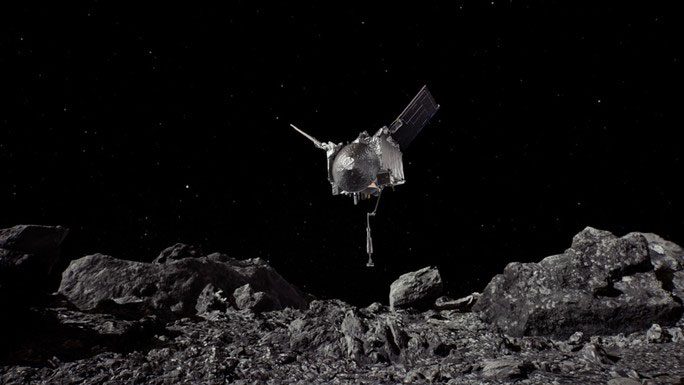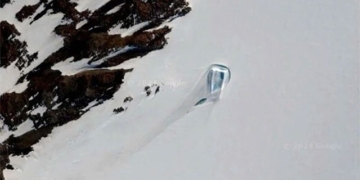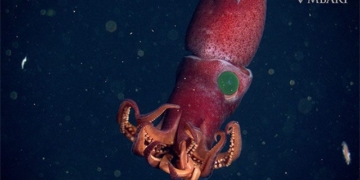The NASA spacecraft named OSIRIS-REx faced a world that was completely different from what was expected and nearly failed to return to Earth.
A group of NASA scientists recently revealed the thrilling days during the OSIRIS-REx mission, as the spacecraft is set to deliver a “treasure” back to Earth on September 23.
OSIRIS-REx was tasked with collecting samples from the ancient asteroid Bennu, a “fossil” from the dawn of the Solar System.

NASA’s spacecraft faced a world completely different from expectations – (Photo: NASA).
This sample is set to land via parachute in Utah, USA, before OSIRIS-REx embarks on a new mission. However, this was a “nail-biting” success! NASA nearly lost this $800 million spacecraft.
Prior to OSIRIS-REx, another famous spacecraft, Hayabusa from Japan, successfully collected samples from the asteroid Itokawa. NASA used that event as a guideline to design OSIRIS-REx, as Itokawa and Bennu look very similar.
However, Dr. Kevin Walsh from the Southwest Research Institute (USA), a member of the NASA/OSIRIS-REx mission, stated that upon closer approach, they discovered that Bennu had many more fine-grained ponds than Itokawa. Moreover, the terrain of the asteroid is extraordinarily complex. Although thermal properties observed from a distance indicated that Bennu appeared very smooth, during the approach, NASA immediately realized they were facing a treacherous “field of boulders.”
If the landing proceeded as planned, OSIRIS-REx risked being “captured” by Bennu forever, unable to take off again, or even breaking apart upon hitting rocks.
OSIRIS-REx was unexpectedly saved by… legendary guitarist Sir Brian May of the band Queen, who is also an astronomy enthusiast and earned a PhD in astrophysics 30 years ago—before he became famous in the arts.
Dr. May reached out to the OSIRIS-REx team and assisted NASA in reconstructing detailed 3D images of Bennu’s surface, thus identifying a sufficiently flat area for OSIRIS-REx to safely land.
With the help of the music legend, the team discovered a large impact crater with no obstacles. However, it remained a challenge because instead of a planned 50-meter landing area, they had to squeeze into the Nightingale Crater, which has a diameter of only 10 meters.
Despite this, NASA’s spacecraft was fortunate, and the sample it is about to bring back promises to help humanity search for clues regarding the origins of everything in the Solar System, including life on Earth.


















































